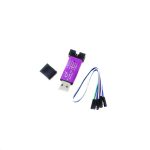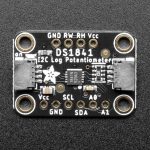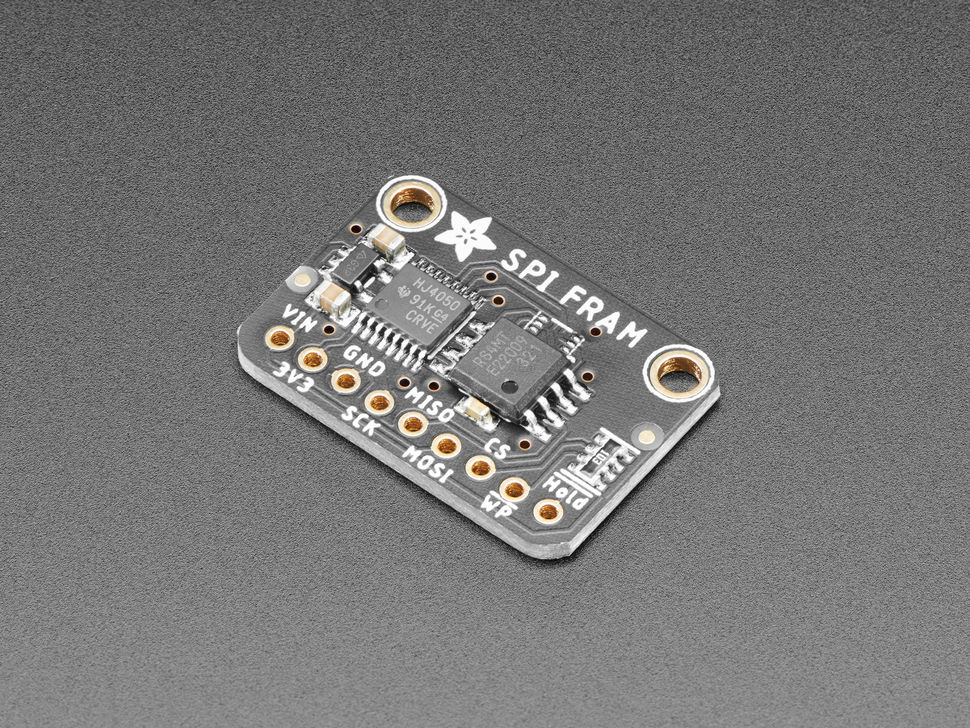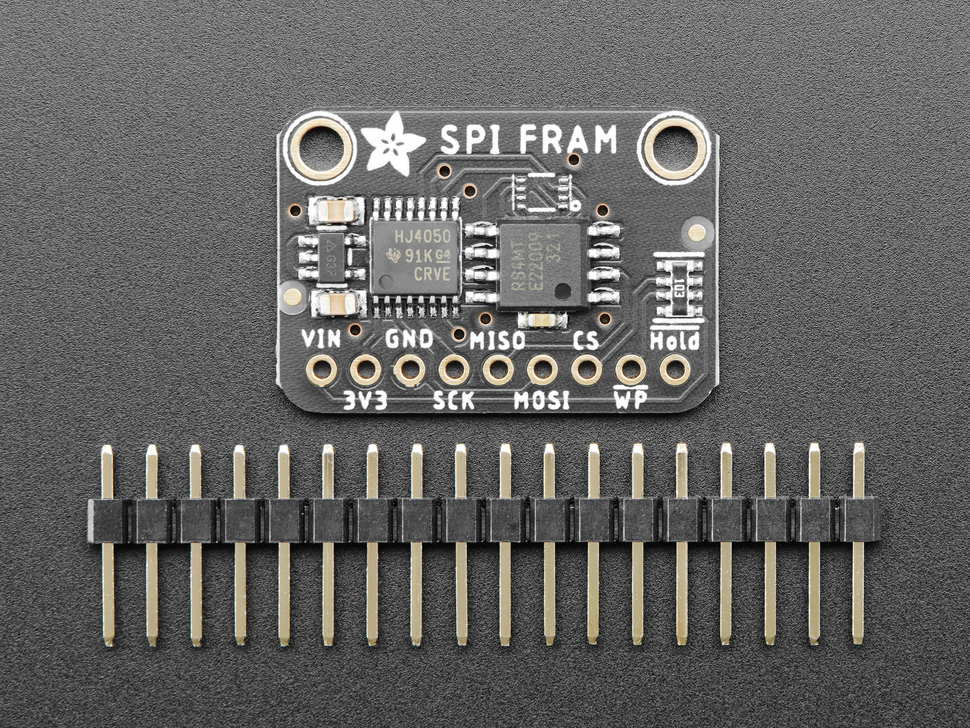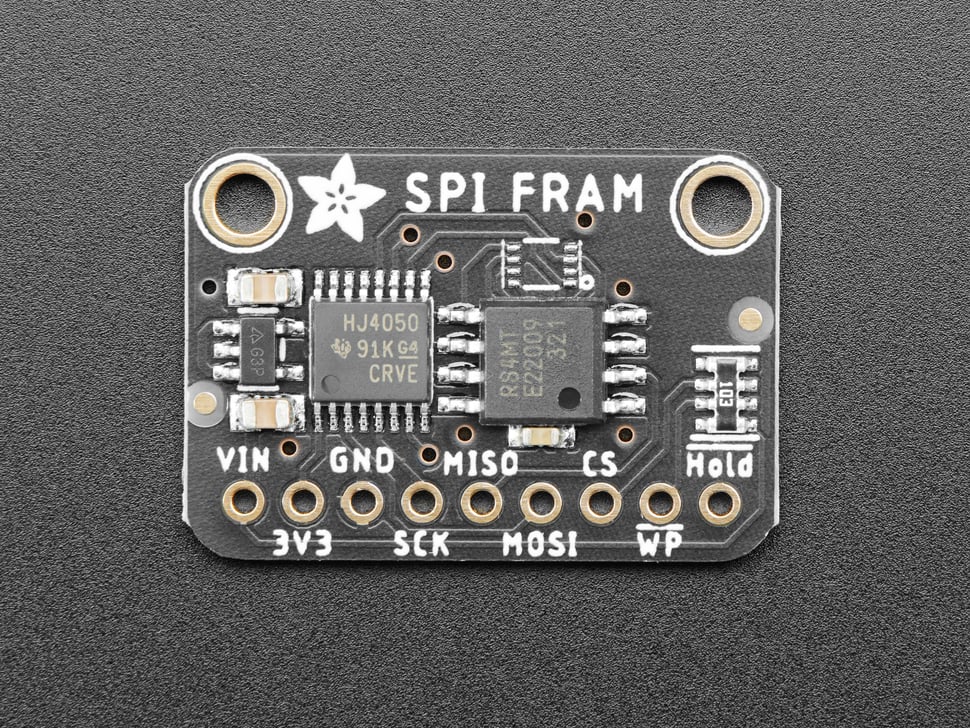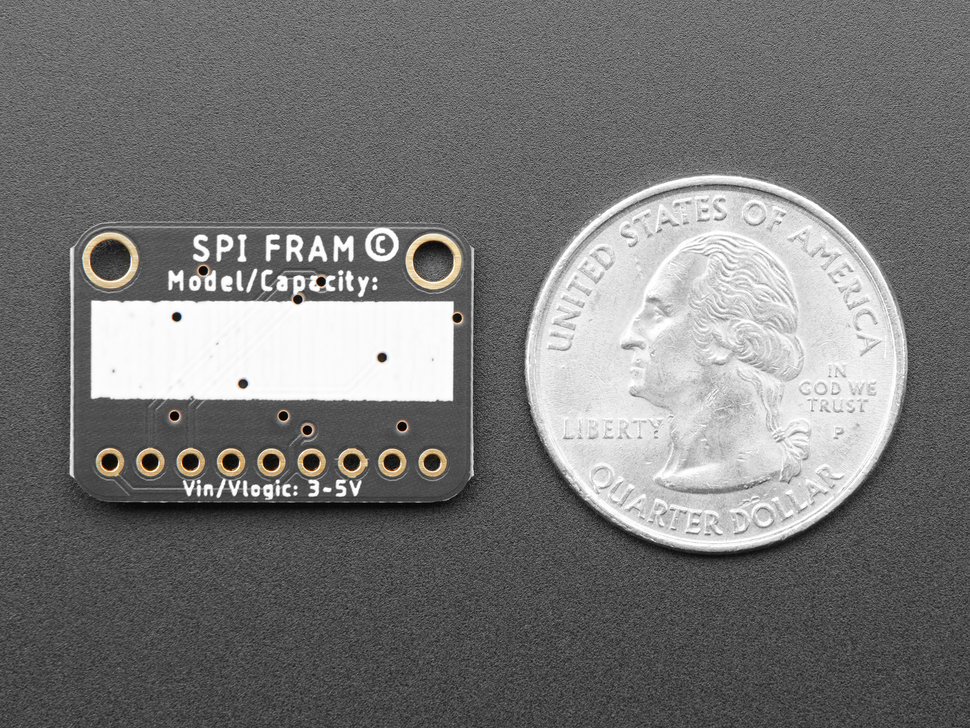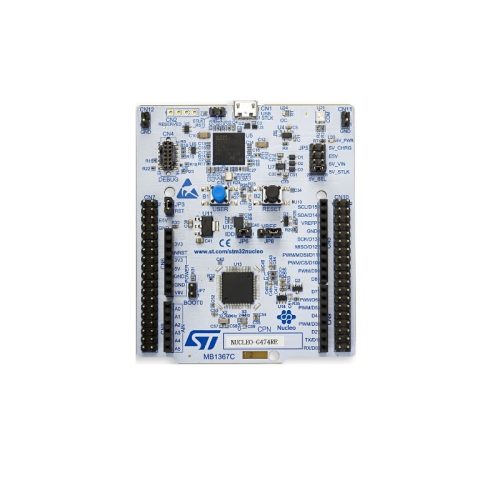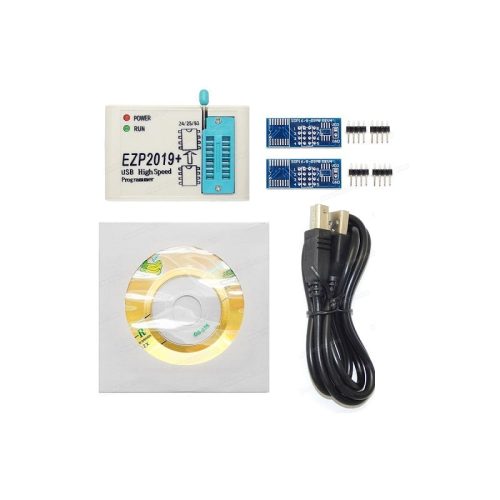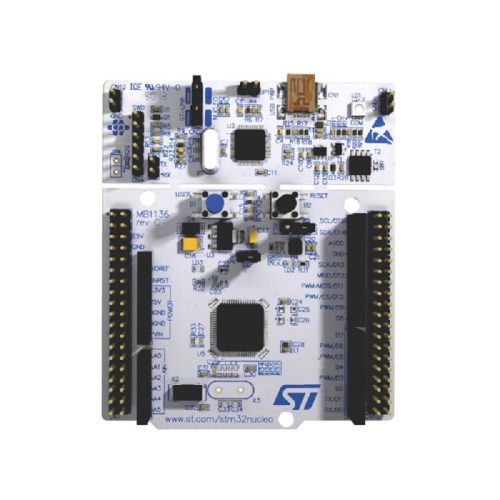Adafruit SPI Non-Volatile FRAM Breakout – 4 Mbit / 512 KBytes – MB85RS4MT RoHS Compliant
₹3,161.00
- Brand: Adafruit
- Memory: 4 Mbit / 512 KBytes
- Operating Frequency: 40MHz Max
- operating Voltage: 3.3V
- Color: Black
Did you like this product? Add to favorites now and follow the product.
+91-7231900002 Connect on Whatsapp
Description
FRAM, or Ferroelectric Ram, is the coolest new data storage method that all the fashion magazines are talking about. Oh wait, no that’s quilted handbags. But FRAM is pretty damn cool too! It’s similar to Dynamic random-access memory, only with a ferroelectric layer instead of a dielectric layer. This gives it stable handling (the bytes you write are non-volatile) with dynamic responsiveness (you can write them very fast!)
We put this handy marvel onto a breakout board with 3.3V logic level shifting and regulator so that tou can use this chip with either 3V or 5V power and logic. It comes in a breadboard-friendly breakout and bit of standard 0.1″ header.
Features:
- Interfaces using SPI, and can run at up to 40 MHz clock rates
- Each byte can be read and written instantaneously (like SRAM) but will keep the memory for 95 years at room temperature
- This particular FRAM chip has 4 Megabits (512 KBytes) of storage
- FRAM allows for a lower power usage and a faster write performance
- It’s excellent for low-power or inconsistent-power datalogging or data buffering where you want to stream data fast while also keeping the data when there’s no power
- Unlike Flash or EEPROM there’s no pages to worry about
- Each byte can be read/written 10,000,000,000,000 times so you don’t have to worry too much about wear leveling
- With our SPI FRAM breakout board you can add some FRAM storage to your next DIY project
Packages Includes:
1 x Adafruit SPI Non-Volatile FRAM Breakout – 4 Mbit / 512 KBytes – MB85RS4MT RoHS Compliant
Additional information
| Bit configuration | 524, 288 words x 8 bits |
|---|---|
| Input Voltage (V) | 3.3V |
| Serial Peripheral Interface | SPI (Serial Peripheral Interface) |
| Correspondent to SPI mode | 0 (0, 0) and mode 3 (1, 1) |
| Operating frequency | 40MHz Max |
| High endurance | 10^13 times / byte – that's 10, 000, 000, 000, 000 times! |
| Data retention | 10 years (at +85 °C), 95 years (at +55 °C), or over 200 years (at +35 °C) |
| Low power consumption | Operating power supply current 2.6mA (Max @ 40 MHz) |
| Operating Temperature (°C) | -40 °C to +85 °C |
| Memory | 4 Megabits (512 KBytes) of storage |
| Length (mm) | 2.5 |
| Width (mm) | 1.5 |
| Height (mm) | 0.5 |
| Weight (g) | 2g |



